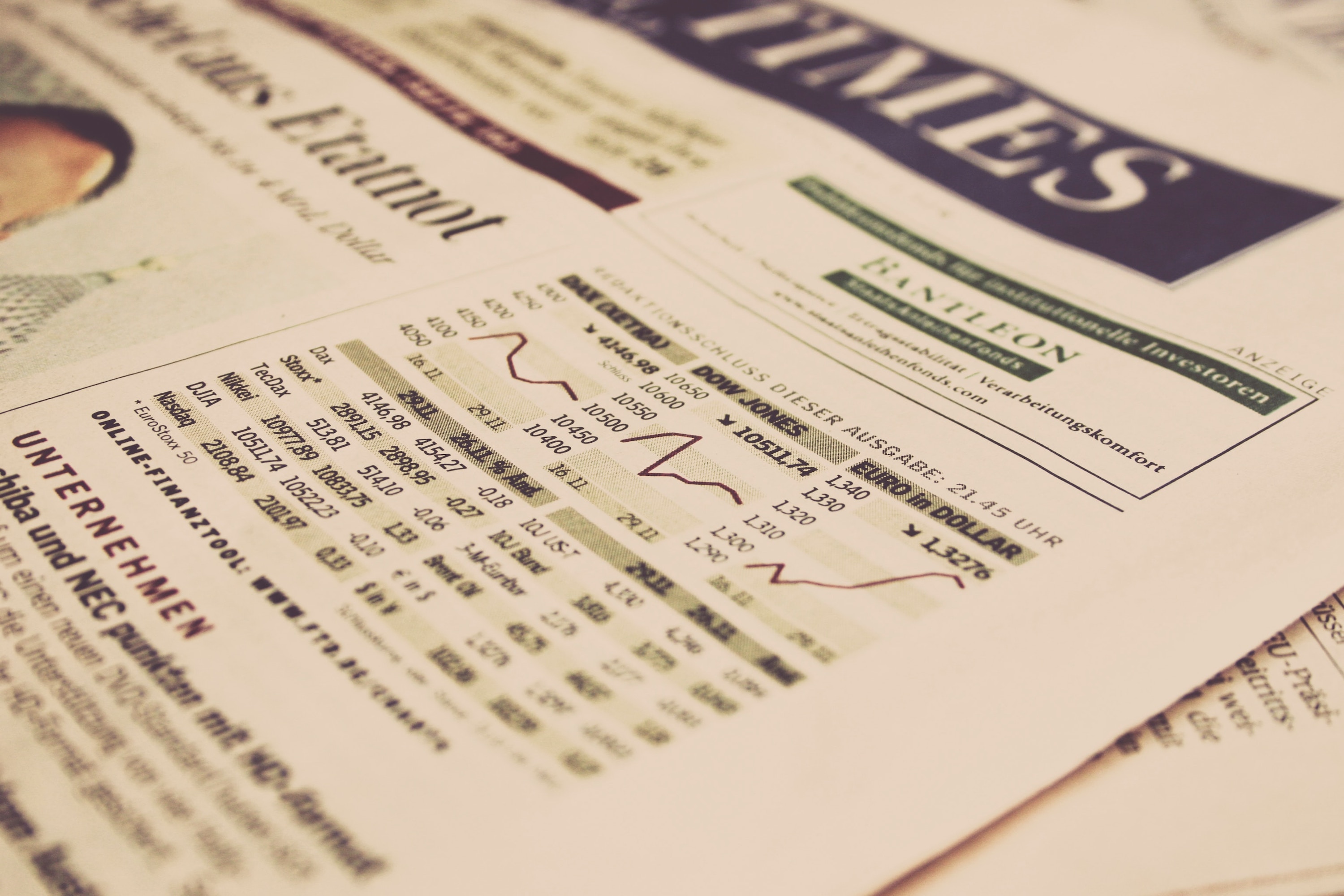Forbes looks into the factors surrounding America’s longest period of economic expansion and where the markets will go next.
After achieving the longest economic expansion in the U.S. history and growing a solid 3.2% annualized rate in the first quarter of 2019, which way is the $19 trillion income-generating economy headed? Not as strong. The constant trade war rhetoric has disrupted business freedom and is showing up in the hesitancy of whether to invest more and with which new suppliers. Business spending on equipment fell 1%, the worst showing in three years. Shipments from manufacturing sector are slightly lower this year after notching up a good growth rate of 7% last year. With inventories of manufactured products rising, a further pullback in production is likely.
Real estate is the key area for future growth and a savior in the continuing economic expansion. There is a housing shortage and hence a critical need to build more homes, especially at moderately priced points where the demand is the strongest. Rising home sales and increased housing starts have nearly always been associated with economic expansion. More home sales also mean increased number of Americans who can participate in wealth gains. Consequently, consumer spending, including vehicle sales, can turn higher.
The U.S. economy is recording its longest expansion ever at 10 years. That does not mean we are due for a recession. Australia is one example of a fully developed economy able to keep on expanding for 20 years. The second quarter and third quarter GDP growth rate will only be around 2% based on momentum factors. If the housing market turns measurably higher, the economy looks to do just fine for the remainder of the year and even better next year. If the trade war rhetoric quiets down and a genuine trade agreement is signed allowing for even more business freedom, then expect an economic boom.












